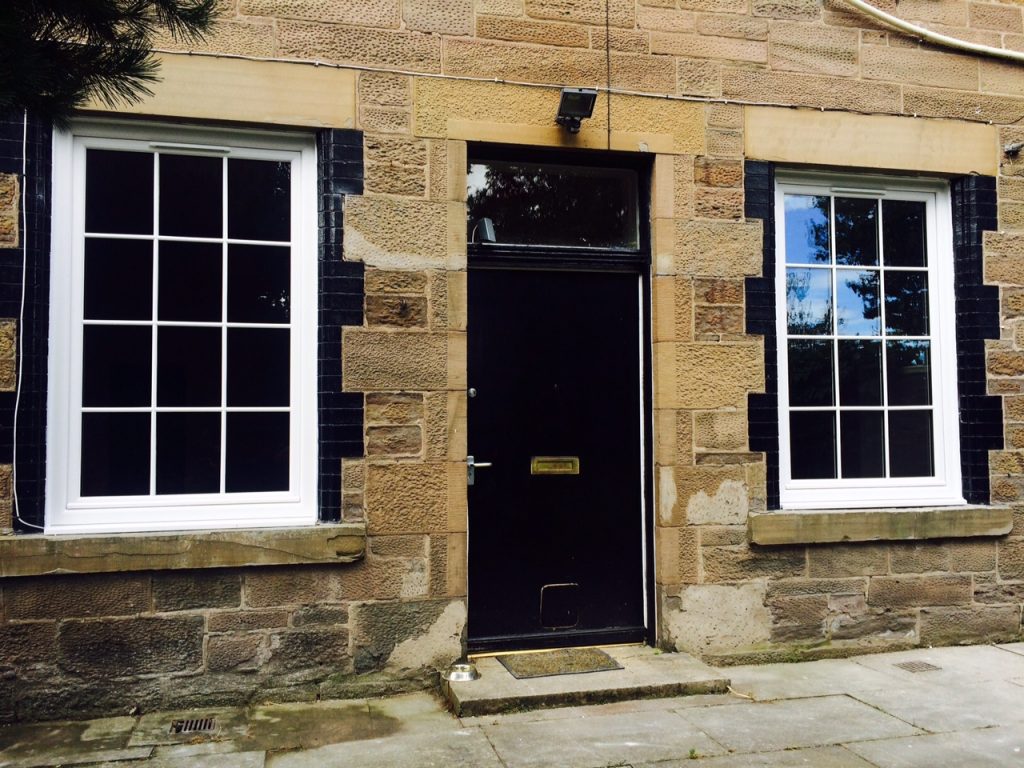Table of Contents
- Introduction to Exterior Doors
- Features of Exterior Doors
- Security Features
- Insulation Properties
- Aesthetic Appeal
- Benefits of Exterior Doors
- Enhanced Security
- Energy Efficiency
- Curb Appeal
- Durability
- Types of Exterior Doors
- Wooden Doors
- Steel Doors
- Fiberglass Doors
- Aluminum Doors
- Choosing the Right Exterior Door
- Material Considerations
- Style and Design
- Glass Options
- Hardware and Accessories
- Installation of Exterior Doors
- Professional Installation
- DIY Installation Tips
- Maintenance Tips for Exterior Doors
- Regular Cleaning
- Inspecting and Replacing Seals
- Protecting the Finish
- Conclusion
- FAQs
Introduction to Exterior Doors
Exterior doors are more than just entry points; they are an essential part of your home’s security, energy efficiency, and overall aesthetic. Whether you’re building a new home or replacing an old door, choosing the right exterior door is crucial for both functional and decorative purposes.
Features of Exterior Doors
Security Features:
High-quality exterior doors are designed with security in mind. They often come with reinforced frames, advanced locking mechanisms, and are made from robust materials that resist forced entry.
Insulation Properties:
Good exterior doors provide excellent insulation, helping to keep your home warm in the winter and cool in the summer. This is achieved through the use of insulated cores and weatherproof seals.
Aesthetic Appeal:
Exterior doors significantly impact your home’s curb appeal. They come in various styles, finishes, and colors to complement any architectural style, enhancing the overall look of your property.
Benefits of Exterior Doors
Enhanced Security:
A well-constructed exterior door acts as a barrier against intruders. Advanced locking systems and sturdy materials ensure that your home remains safe and secure.
Energy Efficiency:
Modern exterior doors are designed to improve energy efficiency by reducing heat loss and drafts. This can lead to lower energy bills and a more comfortable living environment.
Curb Appeal:
A stylish exterior door can dramatically improve the first impression of your home. It adds character and charm, making your home more inviting.
Durability:
Exterior doors are built to withstand the elements, from harsh sunlight to heavy rain. High-quality materials and construction methods ensure they last for many years.
Types of Exterior Doors
Wooden Doors:
- Features: Traditional and warm, with natural beauty and versatility.
- Benefits: Can be customized with various stains and finishes, but requires regular maintenance to prevent warping and rot.
Steel Doors:
- Features: Extremely strong and secure, often with an insulated core.
- Benefits: Highly durable and low maintenance, but can be prone to dents and scratches.
Fiberglass Doors:
- Features: Mimic the look of wood with greater durability and less maintenance.
- Benefits: Resistant to dents, cracks, and warping, with excellent insulation properties.
Aluminum Doors:
- Features: Lightweight and resistant to rust and corrosion.
- Benefits: Often used for storm doors, providing an additional layer of protection.
Choosing the Right Exterior Door
Material Considerations:
When selecting an exterior door, consider the material based on your needs for security, insulation, maintenance, and aesthetic appeal. Each material has its pros and cons, so choose one that fits your lifestyle and climate.
Style and Design:
Your exterior door should complement the architectural style of your home. Whether you prefer a traditional panel door, a modern flush door, or something more ornate, there are endless design options to choose from.
Glass Options:
Incorporating glass panels into your exterior door can add beauty and allow natural light to enter your home. Options include clear, frosted, stained, or decorative glass, depending on your privacy needs and style preference.
Hardware and Accessories:
Select high-quality hardware such as handles, locks, and hinges to enhance both the functionality and appearance of your exterior door. These details can make a significant difference in the overall look and security of your entryway.
Installation of Exterior Doors
Professional Installation:
For optimal results, it’s recommended to have your exterior door installed by a professional. They will ensure the door is properly fitted, sealed, and aligned, providing optimal performance and longevity.
DIY Installation Tips:
If you choose to install the door yourself, carefully follow the manufacturer’s instructions. Accurate measurements, proper alignment, and secure sealing are crucial for a successful installation.
Maintenance Tips for Exterior Doors
Regular Cleaning:
Keep your exterior door looking its best by cleaning it regularly with a mild detergent and water. Avoid abrasive cleaners that can damage the surface.
Inspecting and Replacing Seals:
Periodically check the weatherstripping and seals around your door to ensure they are intact and functioning properly. Replace any damaged or worn seals to maintain energy efficiency and security.
Protecting the Finish:
Depending on the material of your door, apply the appropriate finish or sealant to protect it from the elements. Wooden doors may need to be refinished periodically, while steel and fiberglass doors can benefit from a coat of wax.
Conclusion
Exterior doors are a vital component of any home, offering security, energy efficiency, and aesthetic appeal. With a variety of materials, styles, and customization options, you can find the perfect exterior door to enhance your home’s appearance and functionality. Proper installation and regular maintenance will ensure that your exterior door remains a beautiful and secure entryway for years to come.
